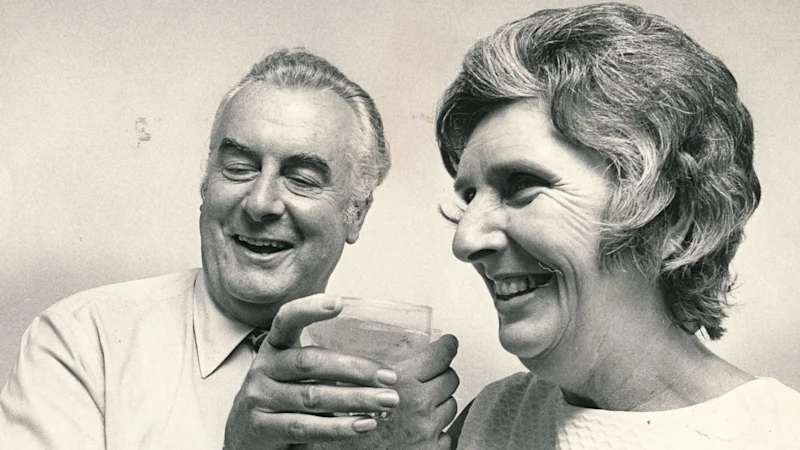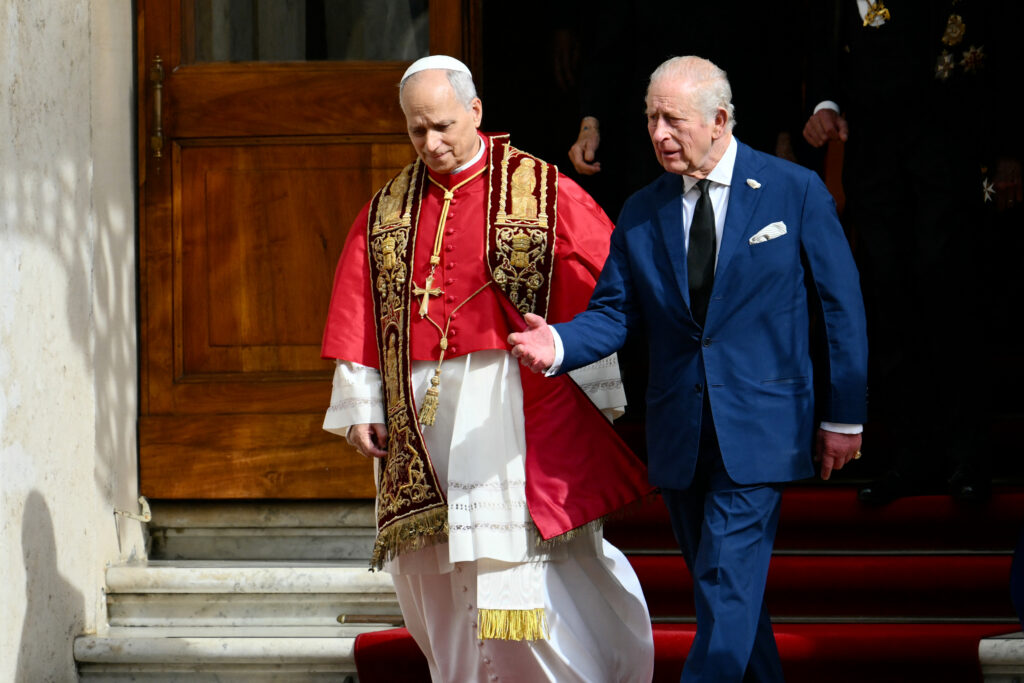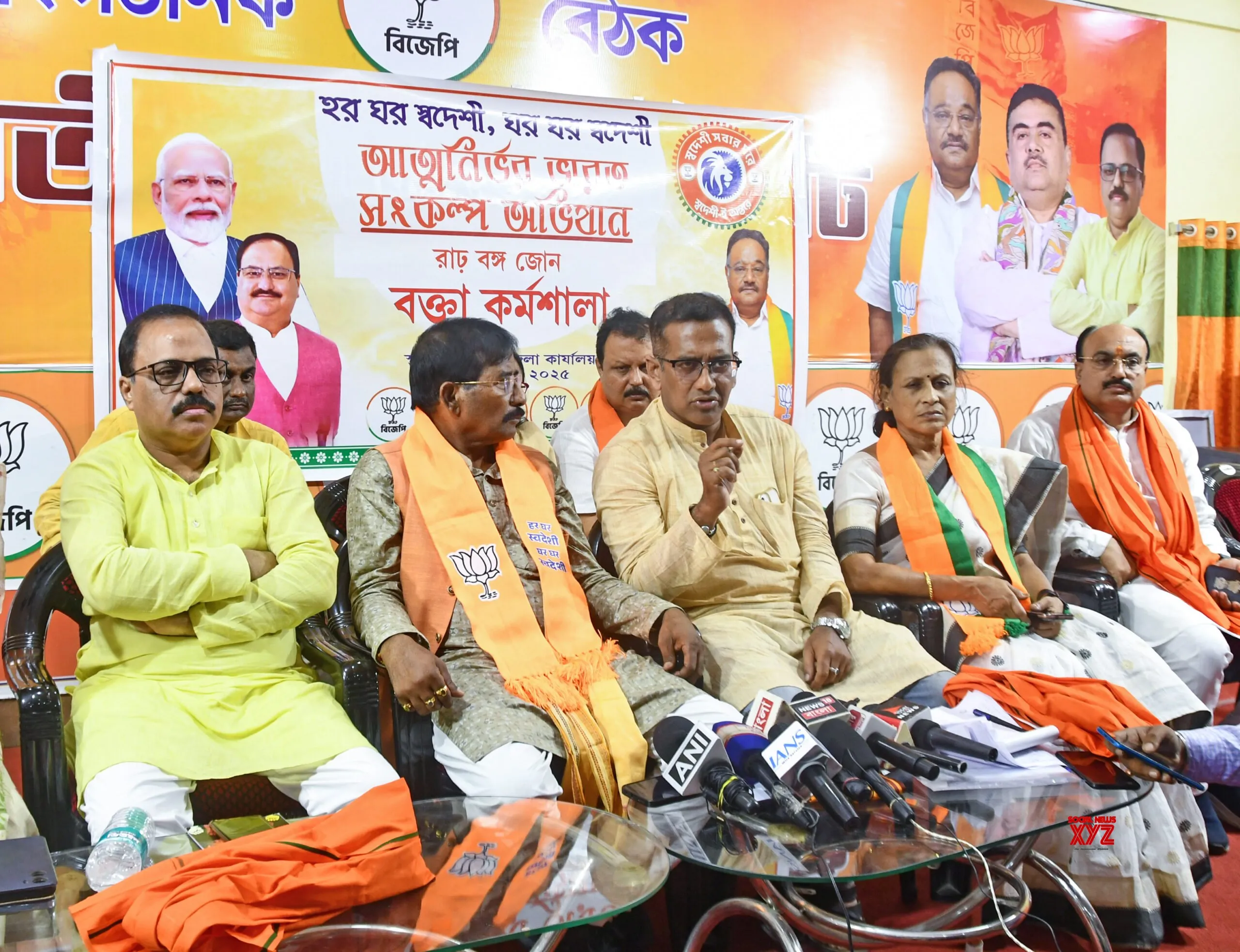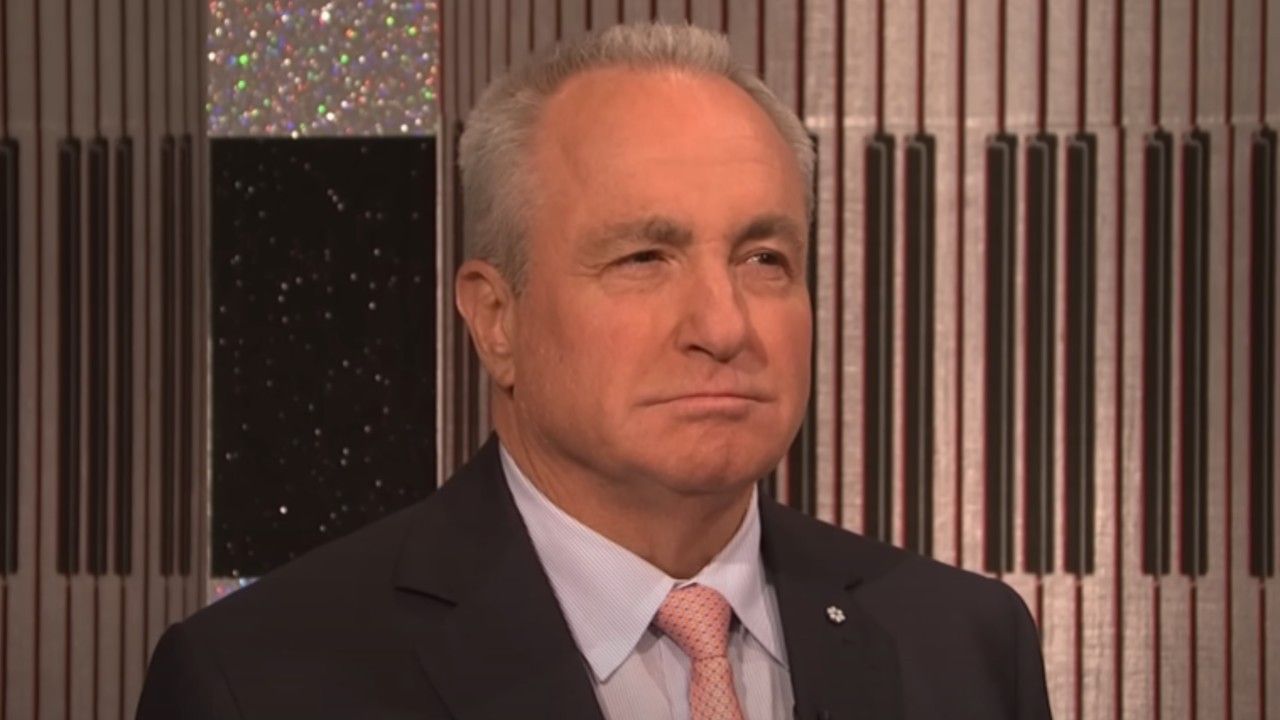Copyright theage

The unique convergence of an energetic women’s movement and Whitlam’s reforming zeal meant that Australian politics started to take women seriously. Whitlam was the first national leader in the world to appoint a women’s affairs adviser to his staff. Under his leadership, policy began to recognise women not just as wives and mothers, or as secondary earners to male breadwinners, but as citizens in their own right. He did this through policies including equal pay for work of equal value, expanding childcare, the supporting mothers’ benefit and Medibank, the precursor to Medicare. The Family Law Act made divorce simpler. Contraceptives became cheaper. There were other transformative reforms too. From 1974, feminist activists began opening women’s refuges after realising that women fleeing domestic violence had nowhere to go. They ran these services with donations and volunteers before asking governments for support. It took a while, but Whitlam funded women’s refuges from 1975. Refuges were a great example of how feminists could work with government to respond to women’s distinctive needs. That year, 1975, was International Women’s Year. Whitlam himself took ministerial responsibility for Australia’s commemorations, which included grants for women’s projects. These projects were to fulfil three aims: to change attitudes towards women, to combat discrimination, and to encourage women’s creativity.



